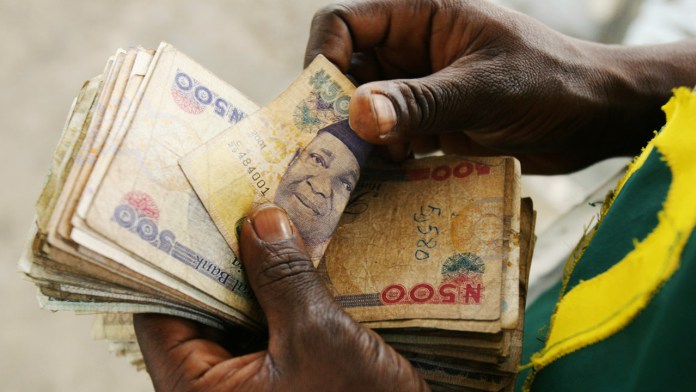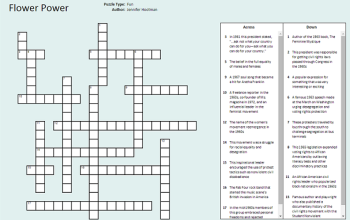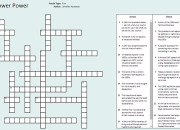The currency of Nigeria, the Nigerian Naira (₦), holds a pivotal position within the economic framework of the Federal Republic of Nigeria. It serves as a medium for everyday transactions and embodies a reservoir of value within the Nigerian fiscal domain. Nevertheless, the physical integrity of Naira notes emerges as a critical determinant of their functional utility and intrinsic value. In severe instances, Naira notes afflicted by damage or mutilation may forfeit their legal tender status, rendering them void for transactions. This discourse delves into the intricate realm of Naira mutilation, elucidating its manifold manifestations, the legal ramifications entailed, and the prescribed protocol for addressing encounters with mutilated Naira currency.
Table of Contents
ToggleUnderstanding Naira Mutilation:
The Central Bank of Nigeria (CBN) delineates explicit directives regarding the acceptable state of Naira currency notes for circulation. Naira notes become subject to mutilation when subjected to harm that undermines their structural integrity or impedes their distinguishability and denomination. Below unfolds an exposition delineating the diverse typologies of Naira mutilation:
1. Tearing: Occurs when a Naira note sustains a rupture or incision severing a substantial segment of its fabric. The CBN stipulates a minimum threshold for torn notes to retain their legal validity.
2. Burning: Naira notes afflicted by scorching, whether partially or extensively, assume the classification of mutilated currency. The extent of scorching and its repercussions on the note’s discernibility and denomination dictate its functional viability.
3. Defacement: Notes bearing inscriptions, imprints, or impositions that obscure pivotal security features or denominational demarcations are categorized as defaced, and potentially mutilated.
4. Adhesive Mutilation: Implies the affixation of extraneous substances such as adhesive substances, staples, or adhesive tape onto a Naira note, impeding its circulation and rendering it unsuitable for monetary transactions.
5. Staining Excess: Naira notes besmirched by copious stains that significantly obscure the envisaged design or distinguishing elements warrant classification as mutilated currency.
6. Moisture-Induced Mutilation: Refers to Naira notes exposed to excessive moisture levels, manifesting signs of decay, disintegration, or debilitation, thus being deemed unsuitable for circulation.
It is incumbent upon individuals to recognize that the extent of mutilation plays a pivotal role in adjudging the validity of a Naira note. Superficial fissures, nominal stains, or faded inscriptions may not ipso facto render a note impracticable. The CBN furnishes detailed directives and illustrative paradigms to facilitate public discernment in identifying mutilated Naira currency.
Legal Ramifications of Naira Mutilation:
The Nigerian legislative apparatus has promulgated statutes safeguarding the integrity of the Naira and deterring its adulteration or annihilation. The CBN Act of 2007 confers upon the Central Bank of Nigeria the prerogative to regulate the issuance, dissemination, and retraction of Naira currency notes. Pursuant to this statute, individuals found culpable of mutilating, defacing, or counterfeiting Naira notes are liable to prosecution, with penalties encompassing incarceration and pecuniary fines.
Redeeming Mutilated Naira Currency for Fresh Notes:
The CBN proffers a mechanism for the redemption of mutilated Naira currency notes in exchange for new notes of commensurate value. Herein lies a delineation of the procedural sequence:
1. Segregation of Mutilated Notes: Individuals are enjoined to segregate mutilated notes from pristine Naira currency. The CBN furnishes sorting directives to aid in categorizing diverse forms of damage.
2. Patronizing a Financial Institution: Mutilated Naira notes are amenable to exchange at designated branches of commercial banks duly sanctioned by the CBN. Submitters are required to furnish a valid form of identification and fulfill requisite paperwork.
3. Evaluation by Bank Personnel: Bank personnel undertake an assessment of the extent of mutilation, adjudging the eligibility of notes for redemption in accordance with CBN stipulations.
4. Exchange for Fresh Notes: Should the mutilated notes meet the prescribed criteria, the bank effectuates their exchange for new currency notes of equivalent worth. The CBN may prescribe a threshold value for the aggregate sum of mutilated notes permissible for redemption at any given instance.
5. CBN Policy Updates: It behooves individuals to remain apprised of the CBN’s extant policies vis-à-vis the redemption of mutilated Naira currency. Periodic revisions to guidelines are disseminated via official channels.
Safeguarding Naira Integrity from Mutilation:
The longevity and utility of Naira currency notes are contingent upon judicious handling and adept storage methodologies. The following recommendations proffer indispensable guidance for averting Naira mutilation:
1. Prudent Handling: Mitigate the proclivity for excessive folding, crumpling, or creasing of Naira currency notes.
2. Secure Storage: Deploy wallets, purses, or cash receptacles designed to shield Naira notes from inadvertent harm.
3. Moisture Mitigation: Preclude Naira notes from proximity to moisture sources to forestall putrefaction or disintegration.
4. Defacement Aversion: Refrain from inscribing, stamping, or marking Naira notes.
5. Counterfeit Vigilance: Promptly report any suspicions of counterfeit Naira currency to the competent authorities.
By adhering to these precepts, individuals can contribute substantively to upholding the integrity of the Nigerian Naira and ensuring its seamless circulation within the national economic milieu.
Conclusion:
The Nigerian Naira assumes an indelible role as a linchpin of economic facilitation, undergirding commercial transactions and fiscal exchanges. Acquaintance with the intricacies of Naira mutilation and its attendant ramifications constitutes imperative knowledge for all stakeholders engaged in the handling of Nigerian currency.










